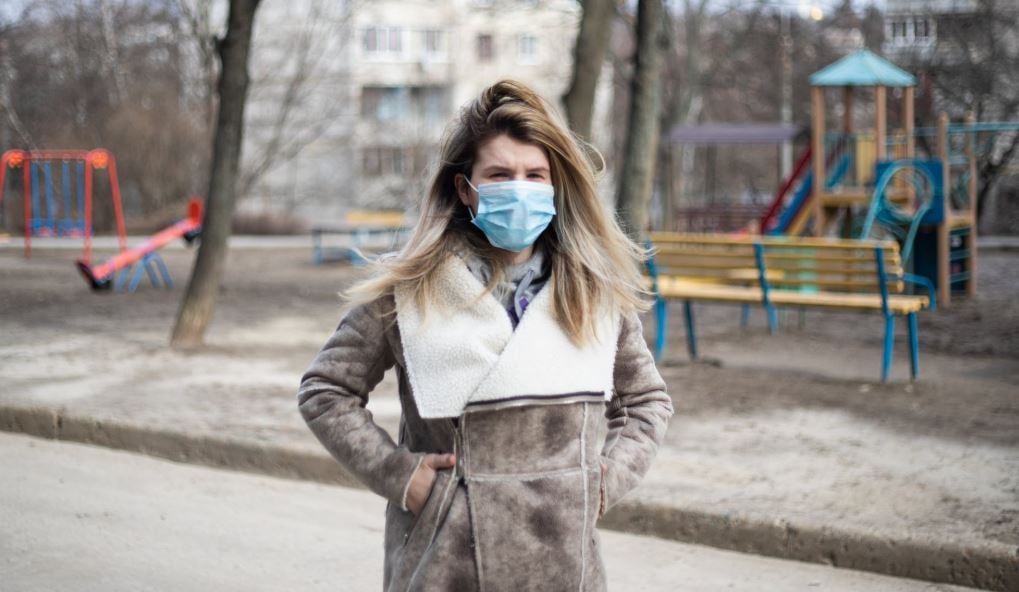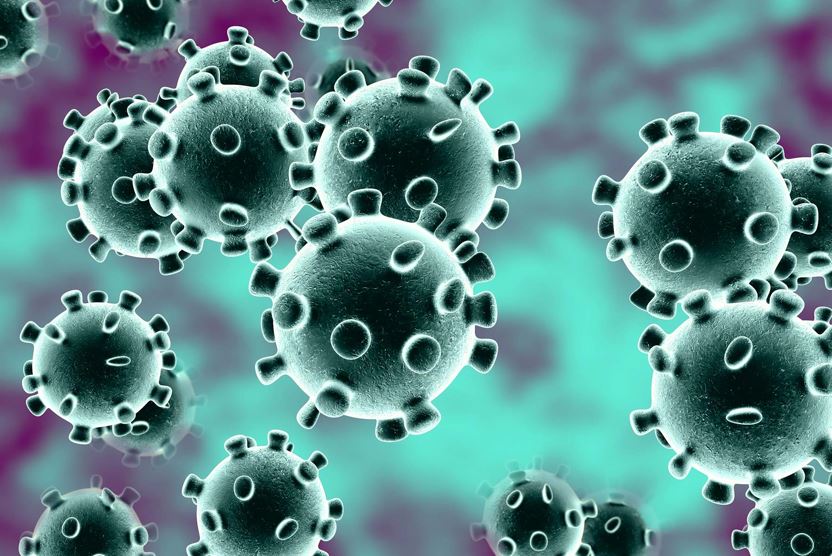COVID-19 is a disease that is transmitted between animals and human beings. Once the virus gets into your respiratory system, you can spread it to all the people around you. At the moment, the virus has circulated in more than one hundred countries and killed more than 9700 people.
1. Major nations affected
Over the last couple of days, there have been more cases reported outside China than within the nation. For instance, in the United States, there have been more than ten thousand reported cases and at least 150 deaths with fifty states reporting positive cases. While most of the cases have been related to travel, an increasing number of these cases were caused by person to person spread particularly in California and Washington.
2. How the virus spreads
The coronavirus spreads when droplets are released through sneezing or coughing. Further, it can be transmitted by touching unclean objects such as a door handle or desk and then touching your nose, mouth or eyes.
Extended contact with individuals showing COVID-19 symptoms over time increases the chances of contracting the virus. There have been numerous reports of the spread of this virus. And this is something health professionals are working on.
3. Symptoms to watch out for
Some of the common symptoms of COVID-19 include a fever, shortness of breath, headache and a cough. Health officials have reported that most cases had showed mild symptoms. And individuals would manage themselves at home as if they were treating a common flu or cold. In some cases, symptoms may progress resulting in a worsening cough and a heavy chest. These symptoms require immediate medical attention.
4. People with the highest risk
At the moment, the people with the highest risk are the elderly and those with underlying chronic conditions such as lung disease, heart disease, cancer, and diabetes. People with low immune systems also have a higher risk of infection.
5. The fatality rate
The fatality rate at the moment has been reported to be 3.4%. It is reported that the number of cases is quite high due to the mild symptomatic individuals who weren’t medically evaluated and tested. Therefore, it’s likely that the true fatality rate is quite low. Some medical experts believe that the true mortality rate is less than one percent.
 6. Protecting yourself
6. Protecting yourself
Since WHO labeled COVID-19 a pandemic, most people around the world got anxious and fearful. The best thing you can do is arming yourself with the facts to avoid panic. Once you know the facts, you’ll easily make informed decisions.
Everyone needs to practice good hygiene which includes washing hands with an antibacterial soap and water every time you visit a public place or touch contaminated objects. If you can’t access soap and water, studyclerk recommends using an alcohol-based sanitizer. You should also avoid touching your mouth, nose, and eyes as much as possible. If you have to, use a tissue.
Social distancing is another great measure that will protect you. Keeping your distance especially with people showing symptoms is important. Avoid shaking hands or touching other people. If you start showing any symptoms of COVID-19, it’s important to isolate yourself to reduce the risk of spreading the virus. If you are employed, consider discussing with your boss a sick leave or work from policy to reduce exposure.
If you are healthy, you need not wear a facemask in public. Traditional facemasks, like the one you can see on the image above, do not protect people against airborne viruses effectively. People who are showing these symptoms should wear facemasks to prevent exposing others.
7. Testing and detecting the virus
Medical professionals can test and detect if you are positive or negative. Medical professionals will measure your body temperature and analyze your respiratory symptoms especially if you’ve recently traveled to China, Japan, Italy, South Korea, and Iran.
If you had close contact with someone who tested positive, you might be required to isolate yourself for fourteen days to reduce the risk of exposing others. Your doctor will outline the steps that you should take to recover quickly.
At the moment, there is no vaccine for COVID-19. However, several trials are ongoing to see if they might have a breakthrough.

Top 5 Blogs about Health to Read
As we said earlier it’s important to know the facts about COVID-19 and other infections to make informed decisions. The best way to know the facts about a disease is by reading health blogs. Here are the top five health blogs that you should read.
1. Public Health Matters
This is a government-sponsored blog that will keep you informed on the latest news and health pandemics that are shaking the world. It also provides the best health tips that will keep you safe in the long run.
2. Health Affairs Blog
This blog covers all topics related to health including the latest medical breakthroughs, health advice, and court hearings.
3. Healthline
Healthline is all about helping people live a richer and healthy life by sharing tips and advice. It covers all health issues affecting people in our modern world.
4. WHO blog
This is a UN-sponsored blog that will keep you informed on the latest health news in the world. It not only updates but also shares health tips.
5. Johns Hopkins School of Public Health Blog
Johns Hopkins is an international medical school with a blog that answers all questions and keeps you informed about health issues affecting the world.
Conclusion
If someone is showing the symptoms in your community, you should contact the local authorities as soon as possible. Knowing the facts about coronavirus will prevent stigma and enable you to make informed decisions that will keep you safe in the long run. By reading these blogs regularly, you’ll be a step ahead of the crowd.
Bio
Harry Southworth is a leading editor and content writer. He likes researching and keeping the world informed on important health issues. During his leisure time, he travels with friends or hikes in the mountains.
_____________________________________________________________
Interesting related article: “Coronavirus pandemic forces Netflix to restrict bandwidth in Europe.”

